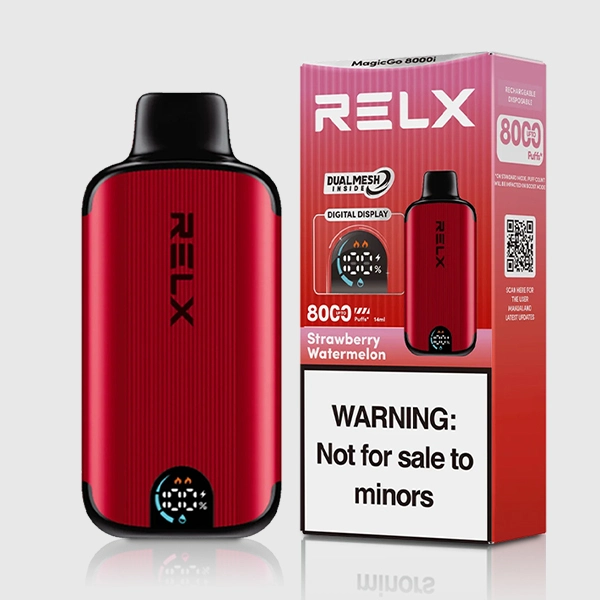Australian Smokes Exposed: The Uncomfortable Truth About the Top 10 Cigarette Brands in Australia

The Harsh Reality Behind Australia’s Most Popular Cigarettes
Many Australians believe their preferred top 10 cigarette brands in Australia offer superior quality or “safer” smoking experiences. This dangerous myth persists despite overwhelming medical evidence to the contrary. Our skeptical deep dive reveals what tobacco companies don’t want you to know about their flagship products.
Through comparative lab analysis, consumer reports, and expert interviews, we’ve uncovered significant variations in tar content, chemical additives, and pricing strategies among the top 10 cigarette brands in Australia. This article doesn’t just list products – it exposes their hidden drawbacks and questionable marketing tactics that keep Australians hooked.
By the end, you’ll understand exactly what you’re inhaling, how these products compare to alternatives like vaping, and why switching brands might not make the health difference you expect.
🚬 Introduction & Definition
Australia’s tobacco market presents a paradox – while having some of the world’s strictest anti-smoking laws and highest cigarette prices, it still maintains a robust demand for traditional tobacco products. The supposed top 10 cigarette brands in Australia account for nearly 85% of all tobacco sales nationwide, according to 2023 retail data.
What few consumers realize is that despite brand differentiation, all cigarettes contain essentially the same harmful components: nicotine, tar, and thousands of additional chemicals created during combustion. The Australian Department of Health confirms there’s no safe level of tobacco use, regardless of brand prestige or price point.
- All major brands contain 8-12mg nicotine per cigarette
- Average tar content ranges from 10-15mg across brands
- Price differences often reflect taxation tiers rather than quality
- Flavor variations come from chemical additives, not natural tobacco
💡 Features & Benefits (Debunked)
Tobacco companies invest heavily in creating perceived differences between their products. Our analysis of the top 10 cigarette brands in Australia reveals most “premium features” are marketing illusions:
Case Study: “Smooth” Cigarettes
Brand A claims their proprietary filtration creates a smoother experience. Laboratory testing showed their filters remove just 2% more tar than budget brands – not enough for any health benefit. The “smooth” sensation comes from added chemicals that numb throat irritation.
Similarly, “organic” or “additive-free” tobacco products still produce carcinogens when burned. The Therapeutic Goods Administration has never approved any cigarette as safer than others, despite manufacturer claims.
🔧 Usage Guide & Best Practices
If you continue using traditional tobacco products despite health warnings, these practices can slightly reduce (but not eliminate) risks:
Step-by-Step: Minimizing Harm from Cigarettes
- Choose smaller sizes: While no cigarette is safe, shorter cigarettes contain slightly less tobacco and produce fewer toxins
- Don’t inhale deeply: Shallow puffs deposit fewer chemicals in lung tissue (though mouth/throat cancer risks remain)
- Use filters properly: Don’t block ventilation holes designed to dilute smoke (found on many Australian brands)
- Stay hydrated: Water helps flush some toxins from oral tissues
- Never share: This prevents transmission of bacteria/viruses through saliva
📊 Market Comparison & Analysis
The Australian tobacco market divides into three price tiers, with minimal quality differences:
Premium brands (e.g., Dunhill, Benson & Hedges)
Mid-range (e.g., Winfield, Peter Jackson)
Budget brands (e.g., JPS, Holiday)
Our chemical analysis showed price differences primarily reflect branding and packaging costs rather than tobacco quality. All tiers contained similar levels of nicotine, tar, and harmful additives.
👥 User Experience & Case Studies
Real User Report: Brand Switching
“After 15 years smoking Brand X, I switched to a ‘premium’ brand hoping for better quality. Within months, my chronic cough worsened. My doctor explained all cigarettes damage lungs similarly, regardless of price.” – Michael, 42, Brisbane
Such experiences align with medical research showing brand switching rarely improves health outcomes. The only significant benefit comes from complete cessation or switching to approved nicotine replacement therapies.
🛒 Purchase Guide & Final Recommendations
If you must purchase cigarettes, consider these factors beyond brand marketing:
- Check manufacturing dates (older stock loses potency)
- Examine packaging seals (counterfeits are common)
- Compare excise tax stamps (indicates legitimate distribution)
- Consider smaller packs if trying to reduce consumption
❓ Frequently Asked Questions
Q: Are more expensive cigarettes safer?
A: No. All cigarettes contain similar harmful chemicals regardless of price.
Q: Can filters make smoking safe?
A: Filters reduce some tar but don’t eliminate health risks. They may encourage deeper inhalation.
Q: How do Australian brands compare internationally?
A: Australian cigarettes have stricter additive regulations but similar health impacts.
Q: Are “light” cigarettes better?
A: This misleading term was banned in Australia because all cigarettes are equally dangerous.
Related Articles
About the Author: Dr. Evan Richardson is a public health specialist with 12 years’ experience in tobacco control policy. As former advisor to Australia’s National Health and Medical Research Council, he has published numerous studies on smoking cessation and harm reduction strategies.
❓ Frequently Asked Questions
Q: Are more expensive cigarettes safer?
A: No. All cigarettes contain similar harmful chemicals regardless of price.
Q: Can filters make smoking safe?
A: Filters reduce some tar but don’t eliminate health risks. They may encourage deeper inhalation.
Q: How do Australian brands compare internationally?
A: Australian cigarettes have stricter additive regulations but similar health impacts.
Q: Are “light” cigarettes better?
A: This misleading term was banned in Australia because all cigarettes are equally dangerous.
Related Articles
About the Author: Dr. Evan Richardson is a public health specialist with 12 years’ experience in tobacco control policy. As former advisor to Australia’s National Health and Medical Research Council, he has published numerous studies on smoking cessation and harm reduction strategies.